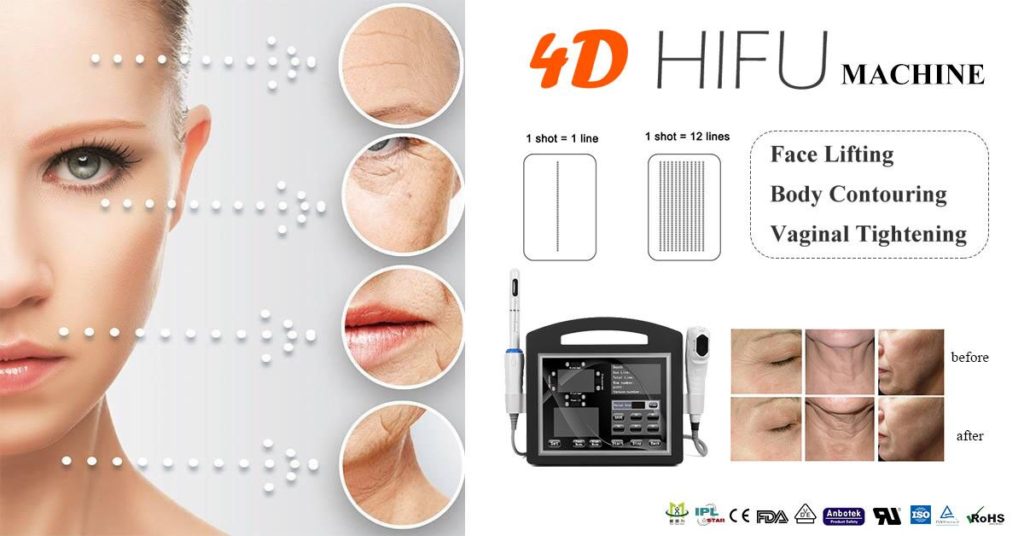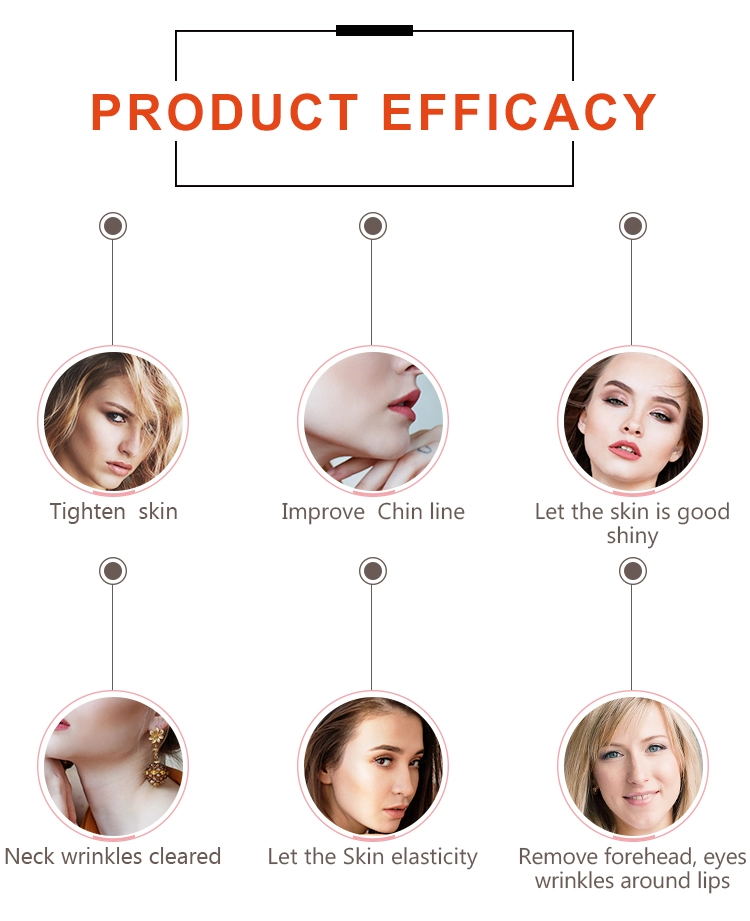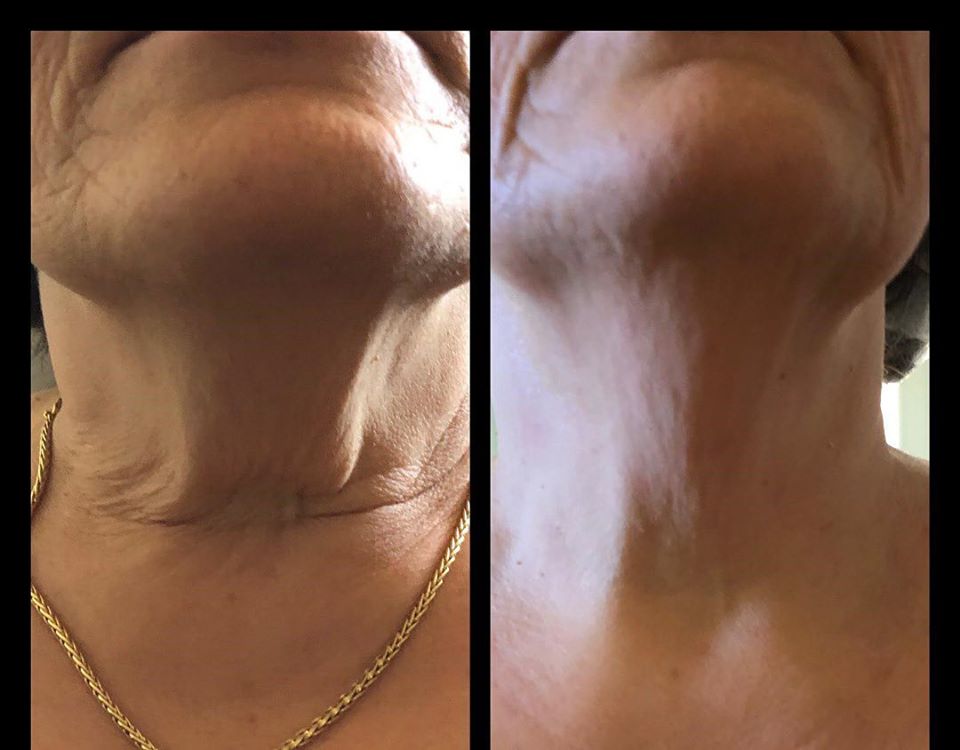07月24 Can High-Intensity Focused Ultrasound Treatment Replace Face Lifts?

Overview
High-intensity focused ultrasound (HIFU) is a relatively new cosmetic treatment for skin tightening that some consider a noninvasive and painless replacement for face lifts. It uses ultrasound energy to encourage the production of collagen, which results in firmer skin.
HIFU is most widely known for its use in treating tumors. The first reported use of HIFU for aesthetic use was in 2008Trusted Source.HIFU was then approved by the Food and Drug Administration (FDA) in 2009 for brow lifts. The device was also cleared by the FDA in 2014 to improve lines and wrinkles of the upper chest and neckline (décolletage).Several small clinical trials have found HIFU to be safe and effective for facial lifting and refining wrinkles. People were able to see results in a few months after treatment, without the risks associated with surgery.
While the procedure is also used for overall facial rejuvenation, lifting, tightening, and body contouring, these are considered “off-label” uses for HIFU, meaning the FDA has yet to approve HIFU for these purposes.
More evidence will be needed to find out who is best suited for this type of procedure. So far, HIFU has been found to be a promising treatment that could replace face lifts, especially in younger people who don’t want the risks and recovery time associated with surgery.
HIFU won’t work as well for people with more severe cases of sagging skin.

Benefits of high-intensity focused ultrasound
According to the American Society for Aesthetic Plastic Surgery (ASAPS), HIFU and other nonsurgical alternatives to facelifts have seen a major increase in popularity over the last few years. The total number of procedures performed has increased 64.8 percent between 2012 and 2017.
HIFU has many aesthetic benefits, including:
wrinkle reduction
tightening sagging skin on the neck (sometimes called turkey neck)
lifting the cheeks, eyebrows, and eyelids
enhancing jawline definition
tightening of the décolletage
smoothing the skin
Study results are promising. A 2017 study involving 32 Korean people showed that HIFU significantly improved skin elasticity of the cheeks, lower abdomen, and thighs after 12 weeks.
In a larger study of 93 people, 66 percent of those treated with HIFU perceived an improvement in the appearance of their face and neck after 90 days.

What does HIFU feel like?
You may experience slight discomfort during an HIFU procedure. Some people describe it as tiny electric pulses or a light prickly sensation.
If you’re worried about pain, your doctor may suggest taking acetaminophen (Tylenol) or a nonsteroidal anti-inflammatory drug (NSAID), such as ibuprofen (Advil), prior to treatment.
Immediately after the treatment, you may experience mild redness or swelling, which will gradually recede over the next few hours.

HIFU treatment for face side effects
HIFU is considered very safe if performed by a trained and qualified professional.
The best part about this treatment is that you’re able to resume your normal activities immediately after you leave the provider’s office. Some slight redness or swelling may occur, but it should subside quickly. A light tingling sensation of the treated area may persist for a few weeks.
Rarely, you may experience temporary numbness or bruising, but these side effects usually go away after a few days.
If you want more information, if you are interested, do not hesitate to contact me.




No Comments